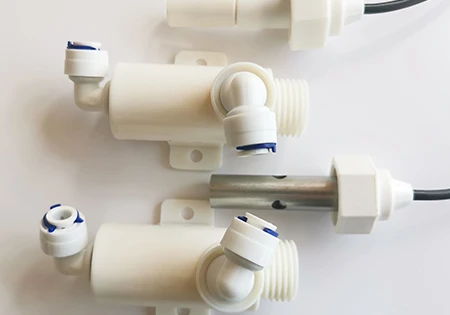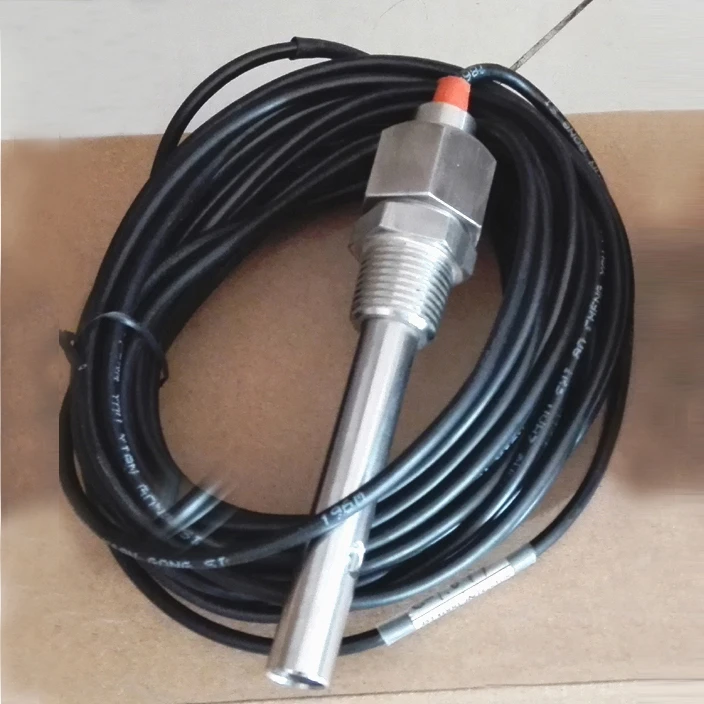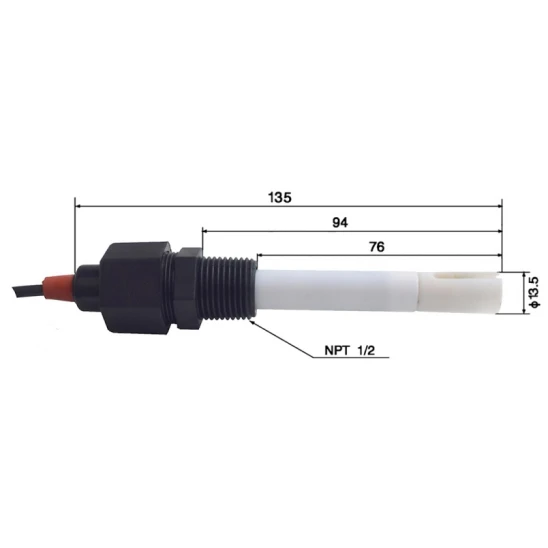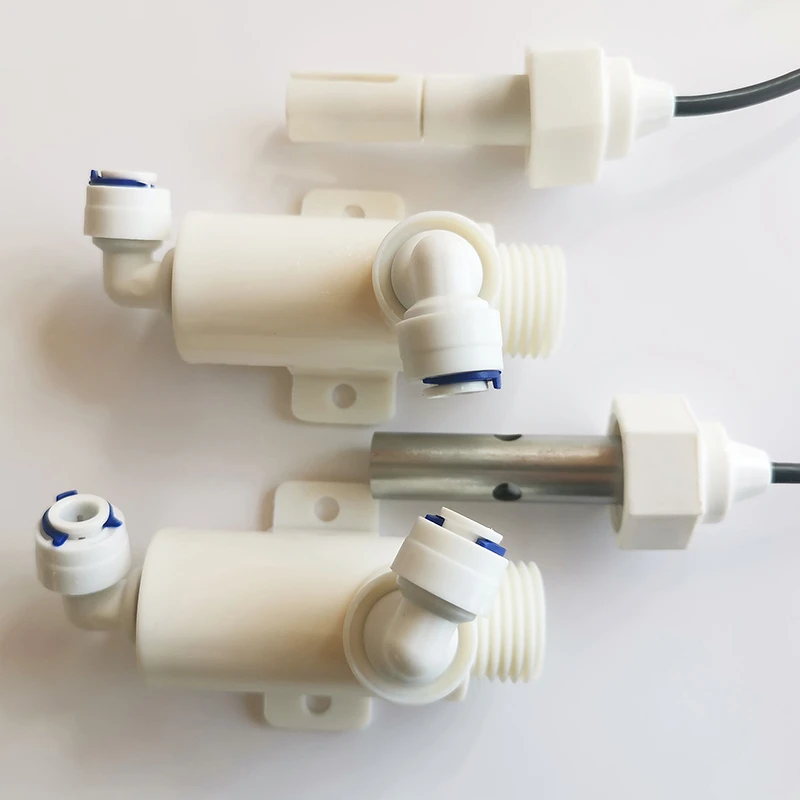Our orientation sensor is a high - tech device that revolutionizes the way electronic devices interact with their environment. It is designed to accurately detect the orientation, tilt, and rotation of a device in three - dimensional space.At its core, the orientation sensor uses a combination of accelerometers and gyroscopes. Accelerometers measure the acceleration forces acting on the device, which helps determine its tilt relative to the Earth's gravitational field. Gyroscopes, on the other hand, detect the angular velocity of the device's rotation. By integrating data from these two components, the sensor can provide highly precise orientation information.
This sensor offers a wide range of applications. In smartphones, it enables features like automatic screen rotation, enhancing user experience. In virtual reality (VR) and augmented reality (AR) devices, the orientation sensor is crucial for tracking the user's head movements, creating immersive experiences. In drones, it helps maintain stable flight and control the direction of movement.Our orientation sensor is engineered with high - precision components, ensuring accurate and reliable performance. It has a fast response time, allowing for real - time updates of the device's orientation. With its compact and energy - efficient design, it can be easily integrated into various devices without adding excessive bulk or consuming too much power. Whether in consumer electronics or industrial equipment, our orientation sensor is a key component for enabling advanced functionality.
What Are The Four Main Types Of Sensors?
Orientation sensors come in several types, with four main ones being accelerometers, gyroscopes, magnetometers, and inclinometers.Accelerometers are designed to measure acceleration forces acting on a device. They work based on the principle of inertia, where internal components shift in response to acceleration.By analyzing these shifts, accelerometers can determine the device's tilt relative to gravity. In smartphones, they enable features like automatic screen rotation. Their simplicity and low - power consumption make them widely used in consumer electronics.Gyroscopes detect the angular velocity of a device's rotation. They rely on the conservation of angular momentum. A spinning mass within the gyroscope resists changes in orientation, and by measuring the forces needed to maintain its alignment, the sensor calculates the rotation rate. In VR/AR headsets, gyroscopes are crucial for accurately tracking head movements, providing immersive experiences.
Magnetometers measure the strength and direction of magnetic fields. They use the Hall effect or magnetoresistive elements. By detecting the Earth's magnetic field, magnetometers can determine a device's heading, similar to a compass. In navigation systems, they help in providing accurate direction information.Inclinometers specifically measure the angle of tilt or inclination. They are often used in industrial applications, such as in construction equipment to ensure proper leveling. Some inclinometers use pendulum - like mechanisms or liquid - filled sensors to detect changes in orientation. Each of these four types of orientation sensors plays a vital role in different applications, from consumer electronics to industrial machinery, enabling devices to interact with their environment more effectively.
What Is An Orientation Sensor?
An orientation sensor is a sophisticated device designed to detect the position, tilt, and rotation of an object in three - dimensional space. It serves as a crucial component in a wide range of applications, enabling seamless interaction between devices and their environment.Functionally, orientation sensors integrate multiple sensing technologies. They often combine accelerometers, which measure acceleration forces, to determine the device's tilt relative to gravity. For example, in a smartphone, an accelerometer can detect when the device is being held vertically or horizontally, triggering automatic screen rotation. Gyroscopes are another key part, as they measure angular velocity.
This helps in tracking the device's rotational movements, such as the twists and turns of a VR headset during user - generated motions. Magnetometers are also utilized in many orientation sensors. By detecting the Earth's magnetic field, they can provide information about the device's heading, much like a traditional compass.Inclinometers, which are a type of orientation sensor, focus specifically on measuring the angle of tilt or inclination. This is especially useful in industrial settings, like construction equipment, where maintaining proper alignment is essential.Our orientation sensors are engineered with high - precision components, ensuring accurate and reliable data output. They are compact, energy - efficient, and easy to integrate into various devices, whether it's a consumer - grade smartwatch or a complex industrial robot. With an orientation sensor, devices can respond intelligently to changes in their orientation, enhancing user experience and operational efficiency.










